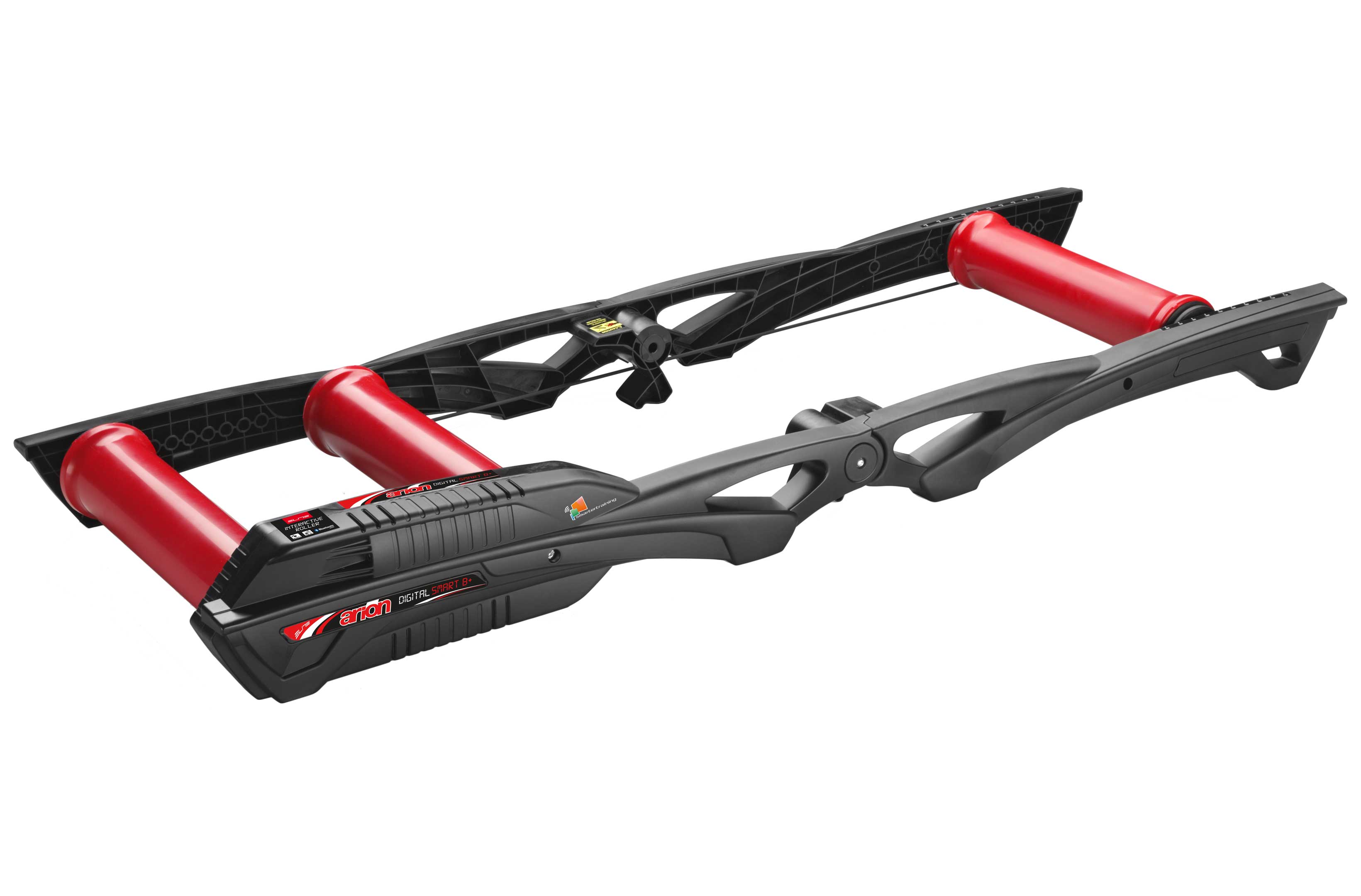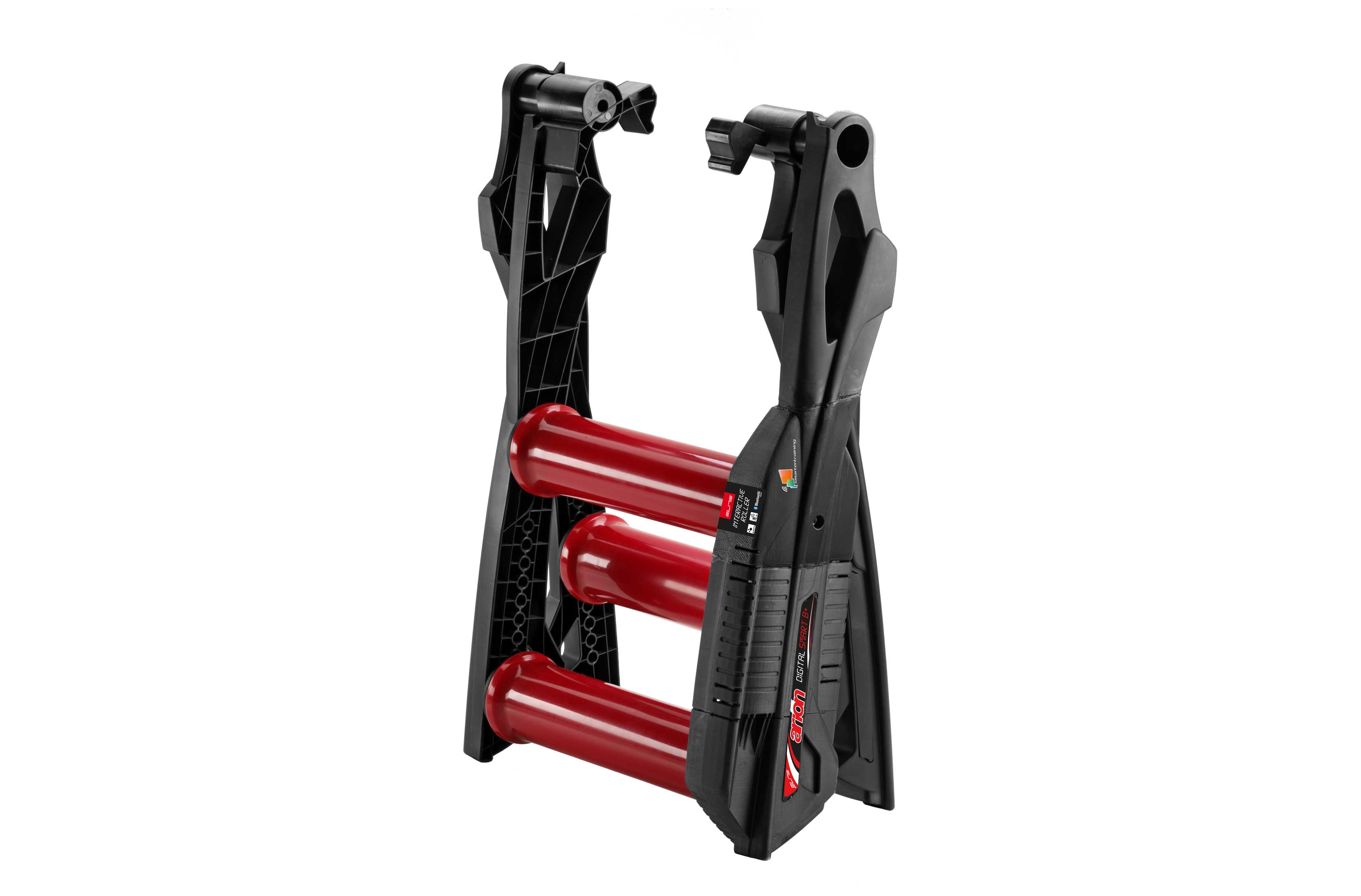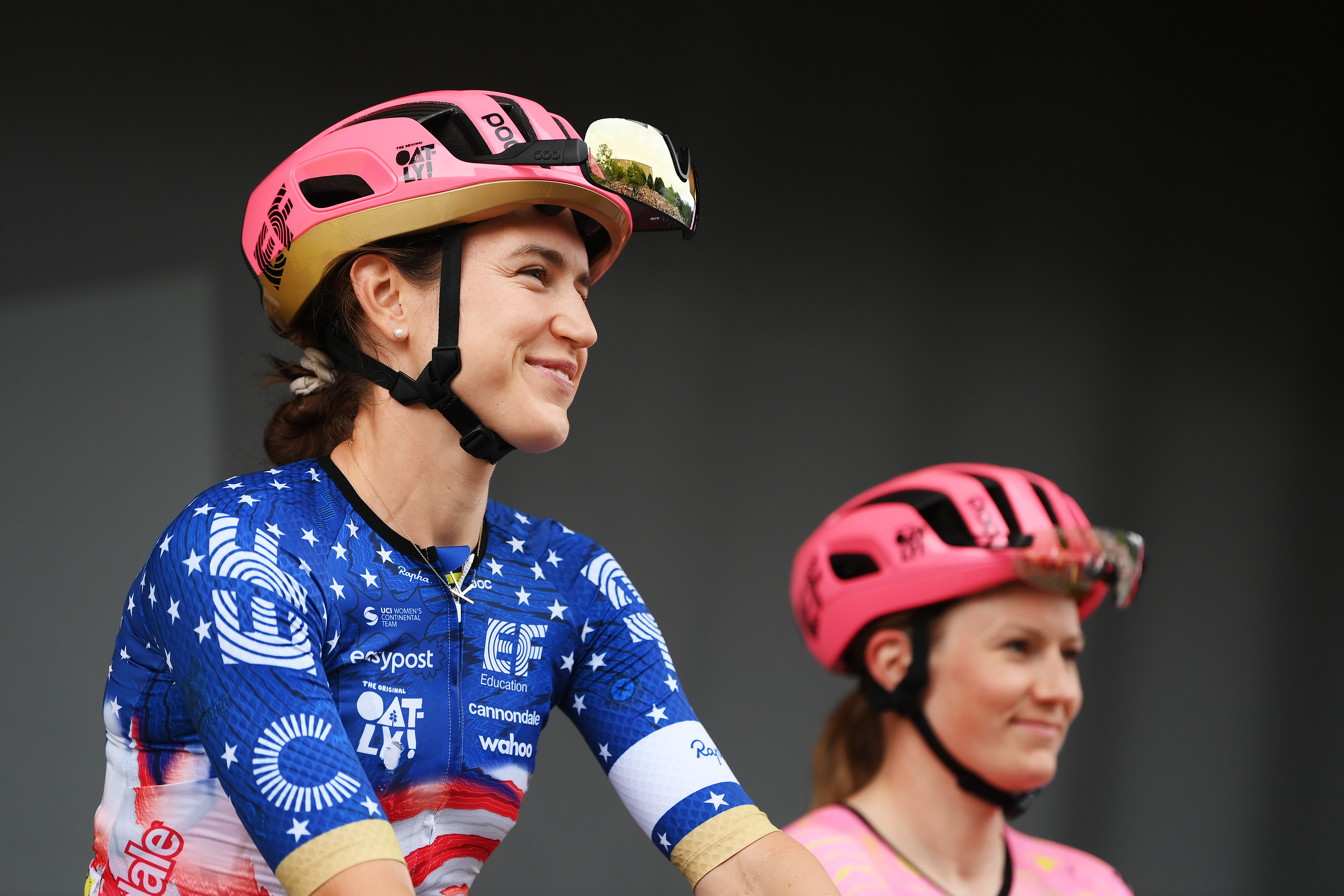Elite Arion Digital Smart B+ E-Rollers review
Can Elite provide the best of both worlds – with controllable resistance and the real world feel of pedalling on the rollers?

These rollers had to lose marks as a result of the power discrepancies described. However, I'm still a huge fan of this creation from Elite. They transformed my indoor efforts by combining the life-like ride of rollers with the resistance available from a turbo trainer, and for that, my off-season training regime will be eternally grateful.
-
+
Allows for high resistance on the rollers
-
+
Light
-
+
Quiet
-
-
Power data overreads significantly
You can trust Cycling Weekly.

I came across an issue over winter. A summer of riding outside meant that when I took training indoors during the miserable months, I discovered that I had developed an allergy to the turbo trainer.
Buy now: Elite Arion Digital Smart B+ E-Rollers at Wiggle for £386.99
Symptoms included heavy legs, and a strong desire to stop pedalling, particularly during those nasty strength building intervals of three to five minutes.
Convinced that the deadening nature of my not-smart-turbo trainer was to blame, I turned to my trusty rollers. However, to reach the appropriate power, I was forced to ride at an uncomfortable cadence.
So when I became aware of Elite's Arion Digital Smart B+ E-Rollers, it felt like my prayers had been answered. The road-like feel and boredom busting of rollers, with controllable resistance and the capacity to handle power as high as 1,100 watts. Definitely no need to worry about topping out.
>>> Rollers vs Turbo: which is better?
The parabolic rollers use an electro-magnetic resistance unit and come with several markers to make adjusting the wheelbase easy to suit your bike. Preparing them is as simple as straightening out the central fold.

I completed my first session without plugging the rollers in, or using the adjustable resistance – just to see how well they'd function this way as it'd no doubt come in handy at race HQs. The rollers were quiet and smooth, which meant I could finally train and listen to music at a normal volume much to the relief of my partner.
There's an integrated step, but I did notice that these rollers create a higher stand over height than my previous pair – which made the ground further away when dismounting. Discovering this was a bit dramatic, but once I'd got used to it there were no follow-up 'incidents'.
Plugging the rollers in revealed a low whirr, only noticeable with my ear close to the unit. To set up the controllable resistance I downloaded the Elite myETraining app to my phone, scanned a QR code on the unit (vintage technology there!) and pedalled to pair.
Pedalling whilst holding the phone to pair could present an issue if this was also your first time using rollers at all.
>>> V02 max: how to test and improve it
The app lets you control resistance and record sessions for free. Other functions such as session planning require a paid-for subscription, but you do get six months free with the rollers.
Communication can be enabled via Bluetooth or ANT+, and you can also pair the trainer to a Garmin or other cycling computer, making the resistance easier to control from the handlebars, but this means using the power data, which I didn't – for reasons explained later.
With the rollers set up and quietly whirring, it was time to try the intervals session which had alluded me all winter. Turning the resistance up to level six, I was able to reach my three to five minute power required with relative ease, using a cadence in the mid 90s. Ramping it up for surges was again perfectly achievable at a cadence of 90-110rpm.
Rollers aren't really designed for sprint sessions but when required, it was possible to complete spin-ups on level 8, with plenty more steps available if I had the balance and inclination to try and sprint indoors.
I was concerned that changes in the resistance level would feel strange or jolting – especially when managed by an app outside of my control. However, hooking the rollers up to Zwift to ride the Innsbruck course in ERG mode, the ups and downs felt quite natural once I was accustomed.
On to the actual power data. Despite following the steps within the configuration section of the app, the Elite rollers far overread. I compared them with a pair of Garmin Vector 3 pedals, which are not without their own problems but have proved consistent when compared with other power meters.
When resting at 140 watts, the Elite rollers read 160 watts, and at 225 watts I was apparently closer to 260 watts. I jumped on the rollers for a quick 10-minute spin to compare a saved average power – and got 135 watts from my pedals and 168 from the rollers, representing a pretty hefty difference.
>>> Indoor cycling apps compared: which is best for you?
Different power meters do give slightly different readings, but usually the drift is just a few watts. Elite's strain gauge seems to be significantly overoptimistic, and a little forum searching suggests that this may be down to the method of reading – changes as subtle as tyre pressure could potentially mess with your numbers.
Personally when using these rollers I paired them with my phone to control the resistance and left my Garmin hooked up to my pedals so that my numbers would remain the same across both. If you were to use the rollers' power numbers indoors and another device outside, you'd need to do two FTP/ramp tests to define your zones, which would mess with TSS scores if you're using Training Peaks-type software. You'd have a significant advantage if you turned your hand to Zwift racing, too.
When it comes to value for money, Elite's rollers come in quite a bit cheaper than most of the direct-drive smart turbo trainers which will offer a similarly lifelike ride. They're more expensive than standard smart trainers, but if you find the ride quality too deadening when using these, then the extra investment will no doubt pay off in making your training significantly more enjoyable.

Thank you for reading 20 articles this month* Join now for unlimited access
Enjoy your first month for just £1 / $1 / €1
*Read 5 free articles per month without a subscription

Join now for unlimited access
Try first month for just £1 / $1 / €1
Get The Leadout Newsletter
The latest race content, interviews, features, reviews and expert buying guides, direct to your inbox!
Michelle Arthurs-Brennan the Editor of Cycling Weekly website. An NCTJ qualified traditional journalist by trade, Michelle began her career working for local newspapers. She's worked within the cycling industry since 2012, and joined the Cycling Weekly team in 2017, having previously been Editor at Total Women's Cycling. Prior to welcoming her first daughter in 2022, Michelle raced on the road, track, and in time trials, and still rides as much as she can - albeit a fair proportion indoors, for now.
Michelle is on maternity leave from April 2025 until spring 2026.
-
 'I've worked a lot on my sprint' - Kristen Faulkner plots unpredictability on racing return
'I've worked a lot on my sprint' - Kristen Faulkner plots unpredictability on racing returnOlympic champion looking forward to "exciting challenge" of continuing to outfox bunch
By Tom Davidson Published
-
 'This is a fresh start' - Belgian rider returns to professional cycling after two year anti-doping ban
'This is a fresh start' - Belgian rider returns to professional cycling after two year anti-doping banShari Bossuyt to ride for AG Insurance-Soudal from June
By Adam Becket Published
-
 'This is the marriage venue, no?': how one rider ran the whole gamut of hallucinations in a single race
'This is the marriage venue, no?': how one rider ran the whole gamut of hallucinations in a single raceKabir Rachure's first RAAM was a crazy experience in more ways than one, he tells Cycling Weekly's Going Long podcast
By James Shrubsall Published